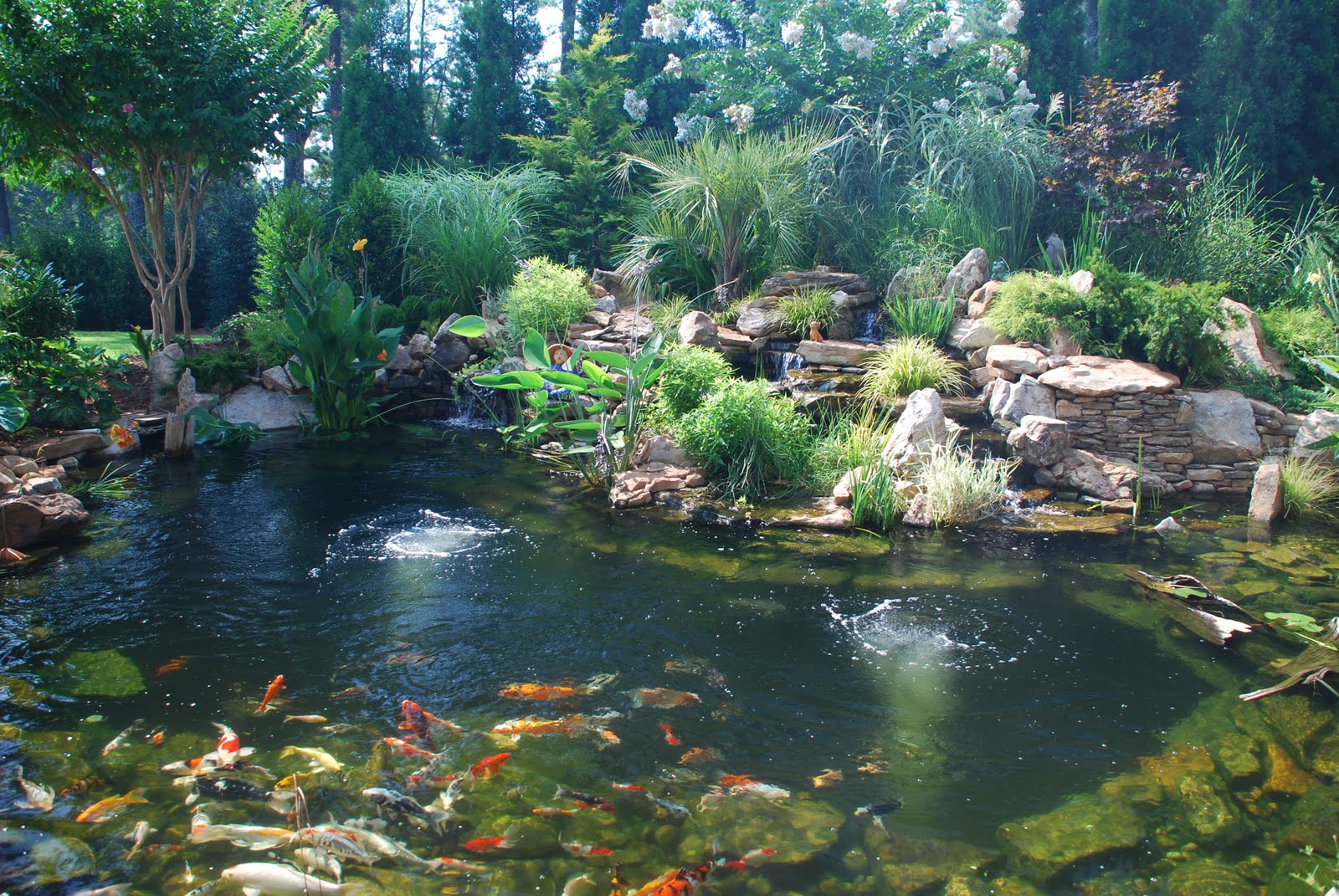
The Ultimate Guide: How Much Salt for Koi Pond
Introduction
Koi ponds are not just an ordinary water feature, but a home for the beloved koi fish. The cleanliness and health of the water directly affect the life and well-being of these beautiful creatures. Adding the right amount of salt to your koi pond can have numerous benefits, such as improving the fish’s immunity, promoting their growth, and preventing various diseases. However, with all the different types of salt available in the market, it can be challenging to determine how much salt to add to your koi pond. Well, worry no more! In this article, we will discuss everything you need to know about how much salt to add to your koi pond.
What is Salt and its Importance in Koi Ponds?
Salt is a mineral that is widely used in various industries, including agriculture, food, and medicine. In koi ponds, salt serves several purposes:
- Kills parasites and bacteria in the water
- Aids in osmoregulation for fish
- Improves fish’s immunity and reduces stress
Types of Salt for Koi Ponds
Not all salt is created equal! Different types of salt can have varying degrees of purity, mineral content, and sodium concentration. Here are the three main types of salt commonly used in koi ponds:
Table Salt
Table salt, also known as sodium chloride, is the most common type of salt used for cooking and seasoning. However, it is not recommended for koi ponds because it contains additives such as iodine and anti-caking agents, which can harm the fish and affect the pH levels in the water.
Rock Salt
Rock salt, also known as halite, is a natural mineral mined from salt deposits. It contains impurities such as iron, calcium, and magnesium that can affect the water’s hardness and alkalinity. Rock salt is also not recommended for koi ponds because of its uneven dissolving rate and potential to clog the filtration system.
Sea Salt
Sea salt, also known as marine salt, is a high-quality salt made by evaporating seawater. It is free of additives and contaminants and has a balanced mineral content and sodium concentration. Sea salt is the best option for koi ponds because it dissolves evenly, does not clog the filtration system, and promotes the fish’s health and well-being.
How Much Salt to Add to Your Koi Pond
The amount of salt to add to your koi pond depends on several factors, such as the pond’s size, temperature, and the fish’s stage of life. A general rule of thumb is to add 1-3 pounds of salt per 100 gallons of water. However, it is crucial to measure the salt accurately using a salt meter or testing kit. Overdosing or underdosing can harm the fish and affect the water quality.
When to Add Salt to Your Koi Pond
There are several situations where adding salt to your koi pond can be beneficial:
- During water changes or when introducing new fish to the pond
- After treating the pond for parasites or diseases
- During the winter months to prevent freezing and stress on the fish
How to Add Salt to Your Koi Pond
Here’s a step-by-step guide on how to add salt to your koi pond:
- Calculate the amount of salt needed for your pond using a salt meter or testing kit
- Dissolve the salt in a bucket of pond water to create a salt solution
- Distribute the salt solution evenly throughout the pond
- Wait for a few hours before testing the water for salt content and pH levels
Conclusion
Adding the right amount of salt to your koi pond can be a significant factor in ensuring the health and well-being of your koi fish. Remember to choose the right type of salt, measure accurately, and add salt only when necessary. Happy koi-keeping!